Many of us are spending more time listening to music on our cellphones. Thus, there has been a movement from some companies to improve sound quality.
Consequently, the digital-to-analog converters (DAC) on modern cellphones and laptops are getting better and better. The LG V30, with an ESS SABRE DAC ES9218P, being the prime example. Heck, even my 4-year-old MSI GS40 laptop is equipped with an ESS SABRE DAC.
There’s a problem, however: the amplifier stage of those devices. A poor output stage could completely nullify the benefits of having a better DAC.
To make matters worse, many cellphone manufacturers are ditching the 3.5mm jack completely. Which means you’ll have to use a tiny, subpar DAC and amplifier dongle. Yuck.
This is the problem the Periodic Audio Nickel aims to solve.
About Convenience
I take portable HiFi quite seriously. I usually go through the trouble of bringing around the Chord Electronics Hugo 2, Danacable Trustream USB cable, Audioquest adapters, and Audeze SINE headphones. Easily over $3,000 worth of gear – to a coffee shop.
But when I’m on the train or a plane, I want something simple and lightweight. The inconvenience of having bulky gear simply takes away from the enjoyment of listening to music in those circumstances.

Periodic Audio Nickel Amplifier
This is where the Periodic Audio Nickel amplifier comes in. At the size of a 9-volt battery, it’s easily pocket-able in that weird slot in your jeans. It’s stupidly light and stays cool. In addition, it’s also easy to connect and setup. No unwieldy cables or adapters to fuss with.
The Periodic Audio Nickel is analog-to-analog. There’s nothing fancy here. You plug one end into your laptop/phone – and your headphones into the other. Essentially, your cellphone acts as a pre-amplifier.
There’s an LED that tells you status and where the battery’s at (green/yellow/red). And it turns on/off automatically when you disconnect/connect your headphones.
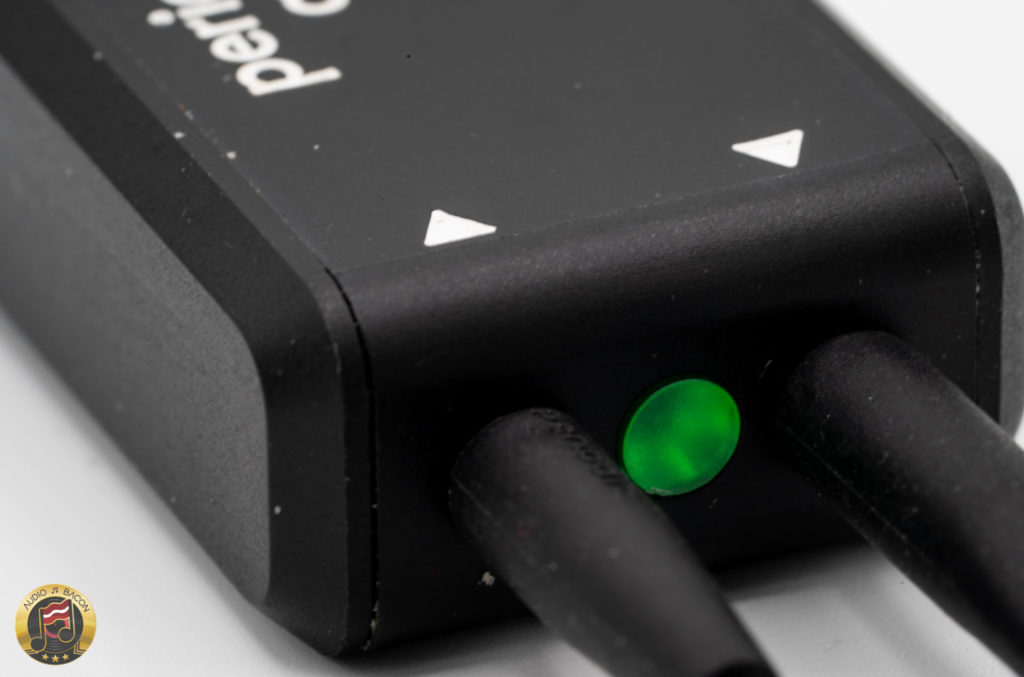
Build & Features
- 250 mW Continuous, 32 Ohms
- 8 hours battery life (30 minutes to charge)
- 20 grams
- Polycarbonate body
- Presents an input impedance of 10,000 ohms
- 6 dB of internal gain
- Could be charged while listening
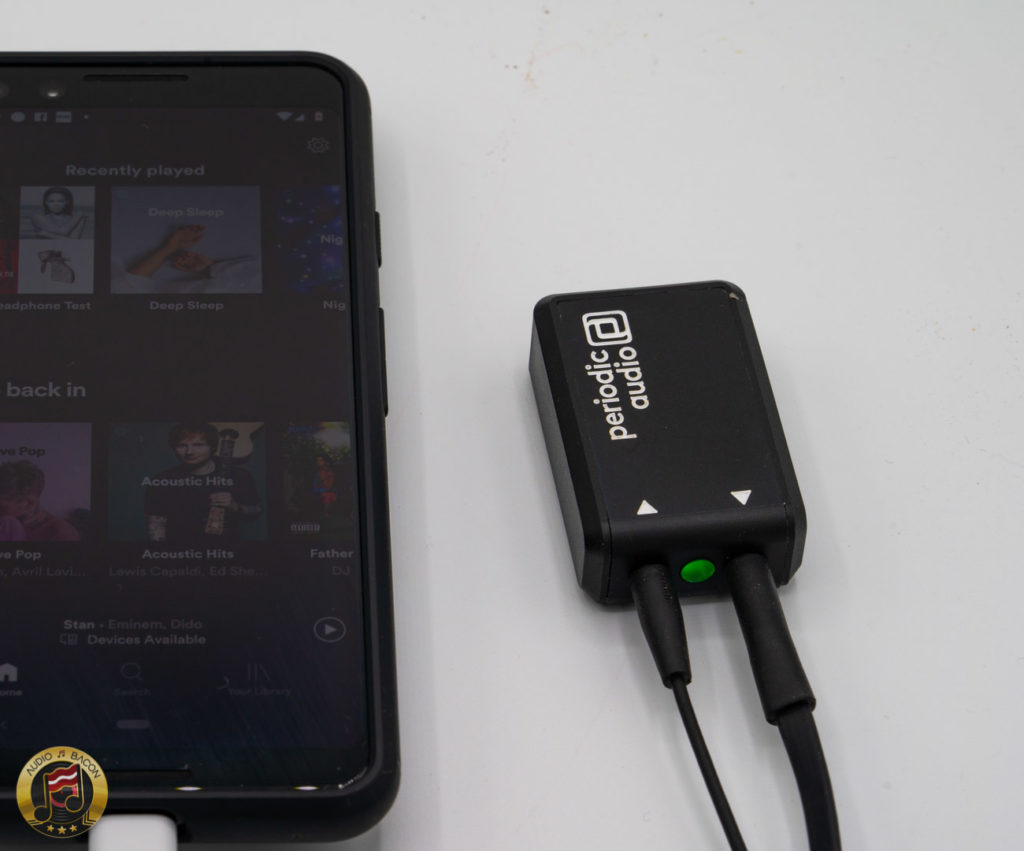
Sound
If you’re curious about the measurements, check out the graphs here. Let’s get to the sound. For this review, I used mostly Tidal and Spotify streams.
As for headphones:
- Sennheiser HD650 – 97 dB @ 1mW
- JH Audio Angie CIEM – 117dB @ 1mW
- Audeze SINE – 97dB @ 1mW
- Periodic Audio Be – 100dB @ 1mW
When I first heard about the Periodic Audio Nickel, I didn’t quite “get it.” The output from my devices seems sufficient, especially for in-ear-monitors (IEMs). However, I quickly realized it wasn’t just about how loud it could get. The Nickel improves fidelity in many, many other ways.
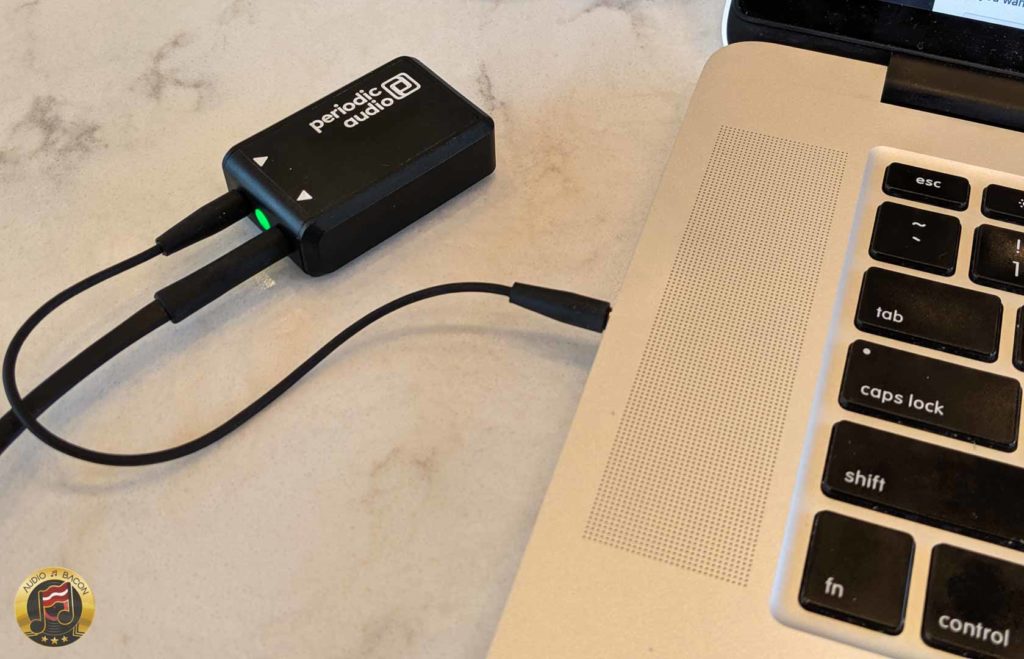
MacBook Pro
For example, busy musical scores such as Epica’s Pirates of the Carribbean (Live in Miskolc). It’s a completely different experience between the MacBook Pro’s output and incorporating the Nickel.
With the Nickel, percussion and string sections have plenty more texture and excitement. You could hear more of what’s going on as the music is better layered and separated. Without the Nickel – and the shine is lost, the rhythm gets fuzzy, and the woodwinds sound suffocated. The Nickel is far more dynamic sounding. You’re able to feel the tactility of the music. There’s more body and musical shape. Simply put, the difference is night and day.
Some Santana…
Next we have Santana’s Taboo. At the same volume levels, there’s quite a bit of strain and distortion from the MacBook’s 3.5mm jack. It lacks impact, comes off sharp, and strings and metal have the same tonal hue. Not to mention the music is paper flat and the instruments are difficult to differentiate.
Throw in the Periodic Audio Nickel – and the sound is unrecognizable. I honestly didn’t expect such a remarkable difference. Not only is the Nickel quieter, it has far better imaging, tonality, and vibrancy. The rapid cymbal taps have the proper timbre and the guitars rifts flair with rhythmic precision. Every piece of the music is overlaid in convincing fashion – both in clarity and articulation. Consequently, it’s obvious the output stage of the MacBook is an enormous hindrance to sound quality.
Bang…BANG…
Moving onto hip-hop, Nas’s Ether has a surprisingly amount of grain straight from the MacBook. The gunshots sound more like farts and his flows come off too soft and polite. It just doesn’t sound right.
Now, the Periodic Audio Nickel has me ducking. With the Nickel, you smell the damn gun powder. It has that fire, that crack, the ferocity of a bullet coming out of a barrel. The thing that surprises me the most is the correction in tonality. His voice has much more authenticity. Both in warmth and in texture. His storytelling has more grit, aggression, and intent. This track isn’t particularly busy – yet the Periodic Audio Nickel is still able to present it in a more accurate light.
Pixel 3
The true beauty of the Periodic Audio Nickel is for mobile use. The overall footprint makes it so easy to travel with.
First off, the Pixel 3’s stock dongle simply can’t drive the Audeze SINE to sufficient levels. Plug in the Periodic Audio Nickel and I’m able to go “too loud.” So I wouldn’t even able to use theses headphones without a Nickel.
Taking a step back and realizing I’m able to drive these headphones with such compactness – it’s a beautiful thing.
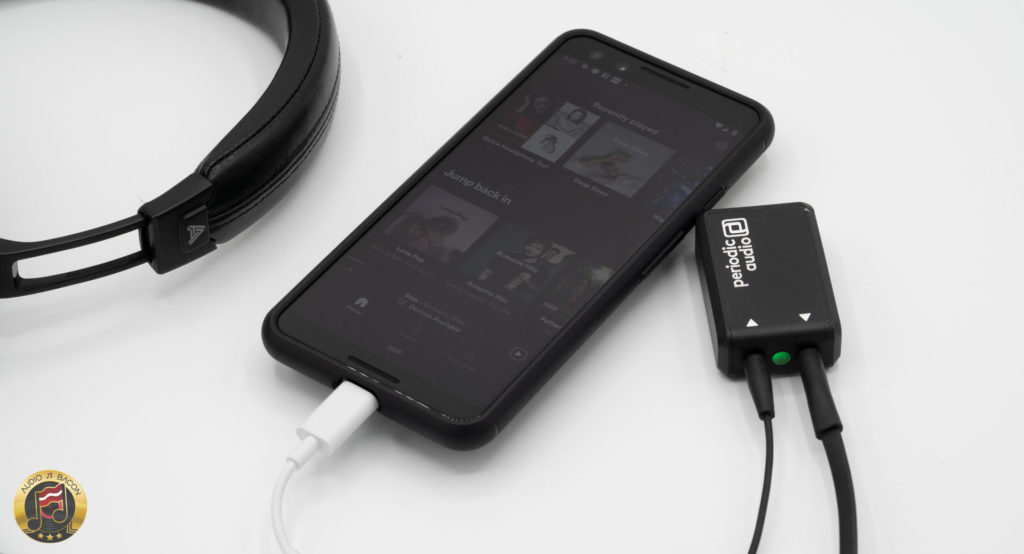
Listening
So for comparison sake, I used my JH Audio Angies and Periodic’s Be. First off, make sure your volume is at the lowest level – the Nickel provides ear-busting volumes even at 35% volume. To get to the same levels without the Nickel, I almost had to max out the volume on the Pixel 3. This thing is tiny, but powerful.
As far as sound, the differences are (unsurprisingly) dramatic. Even more so versus the MacBook. Tiesto’s Red Lights sounds super flat and hazy without the Nickel. The background is also of a lighter shade of grey and provides a duller atmosphere. The Periodic Audio Nickel on the other hand is pitch black. It seems to remove the noise.

Performance
However, the biggest improvement is in bass performance. It doesn’t even come close. With the Nickel, not only is bass punchy and full-bodied, it’s refined and tight. It displaces in a much more impactful manner – with more definition.
As the song picks up speed, it’s difficult to be committed without the Nickel. It just sounds like a convoluted blob of sound. The Nickel wraps you in a much more dynamic, multi-dimensional, and tonally proper reproduction of the music. I can’t help but grin. It gets your head bobbing and fingers tapping. There’s more intensity – more life.

Of course, the Nickel also brings out the qualities of the bad dongle DAC – but the alternative (no Nickel) is far worse to my ears. It’s difficult to go back.
Final Thoughts
“So, is the portability and performance worth $299?”
If the Periodic Audio Nickel solely amplified and provided more headroom – then the answer is a clear “No.” However, it did a lot more than that.
The Periodic Audio Nickel not only provides the perfect balance of convenience and sound quality – it promotes an emotional response. Which is virtually nonexistent otherwise. The point of buying all his gear is to enhance the emotional connection to our music. The Periodic Audio Nickel achieves just that.
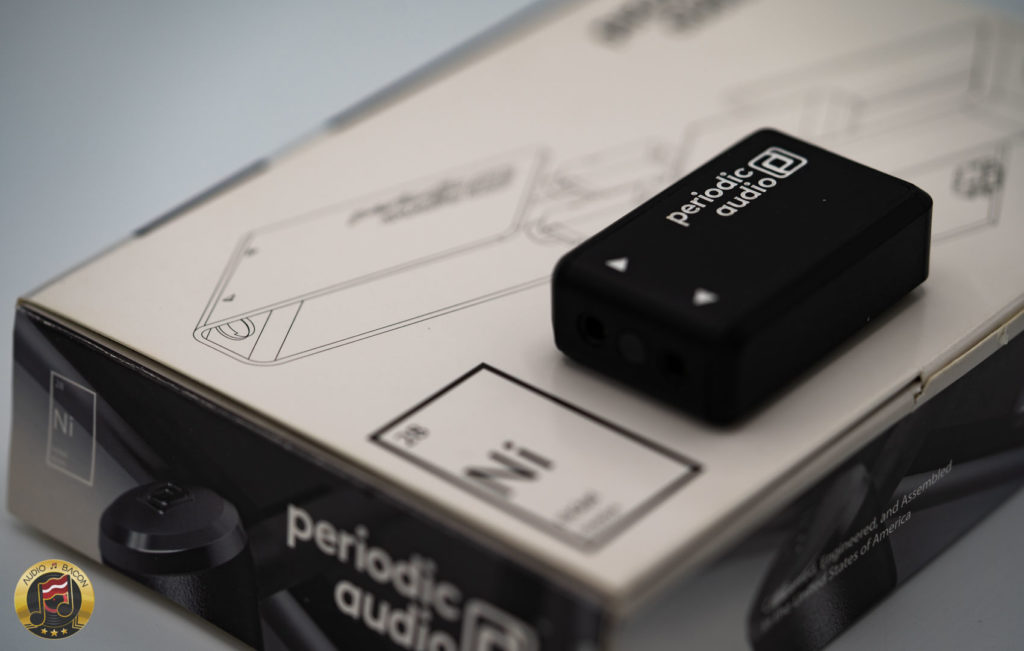
There are just more tonal variations, meat on the bones, and a relentless clarity that’s difficult to pass up. It’s amazing that this magnitude of improvement was achieved with such tininess. To my ears, it’s at the level of a DAC upgrade.
I’ve found myself bringing the Nickel everywhere I go. If you’re always on the go – and don’t always want to deal with the inconvenience of a separate DAC, cables, and adapters. The Periodic Audio Nickel may be your ticket to freedom.


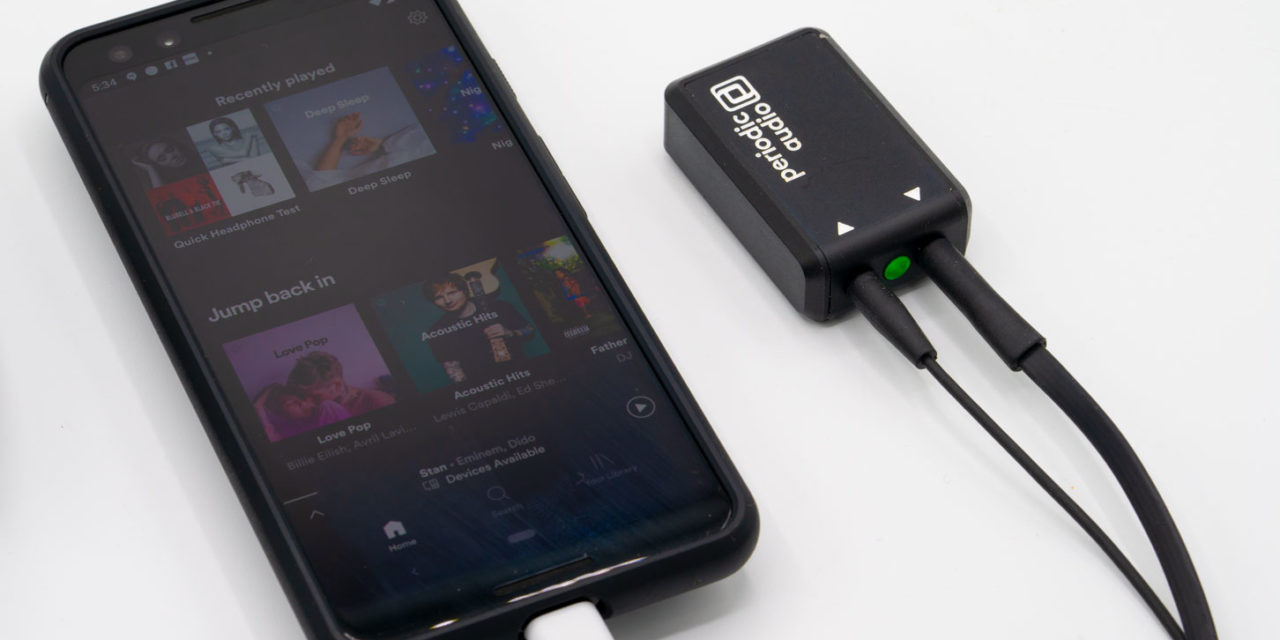
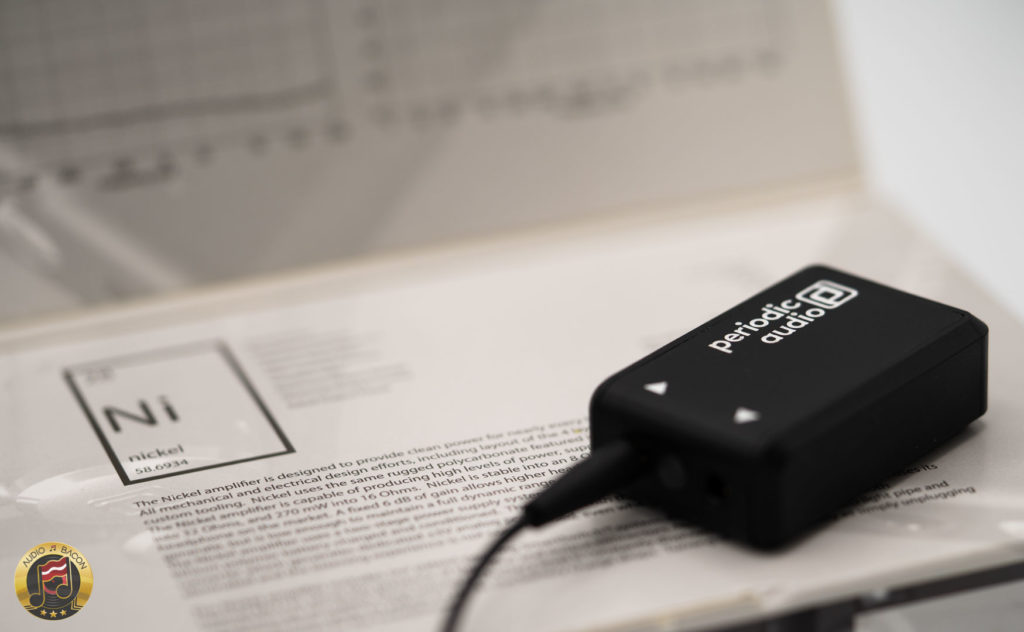
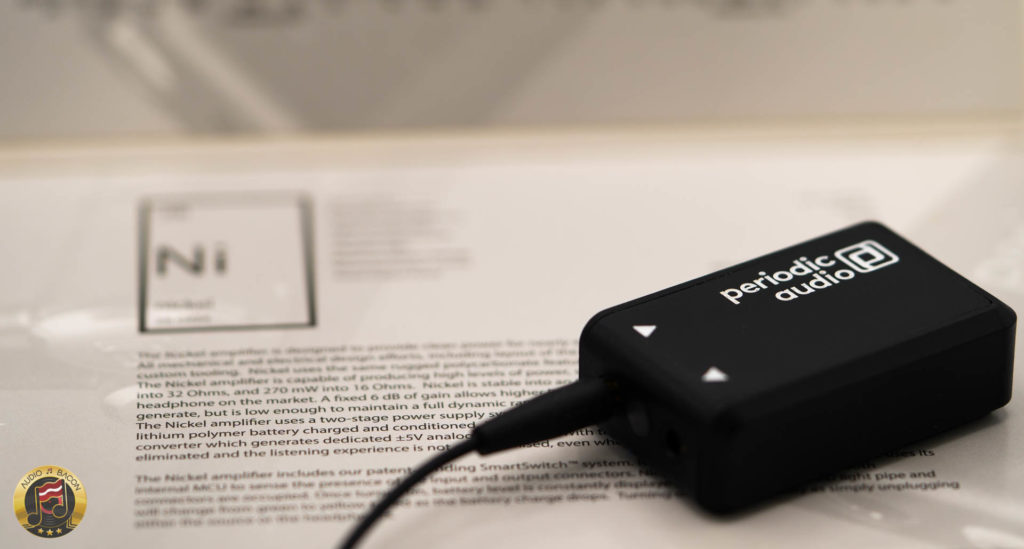
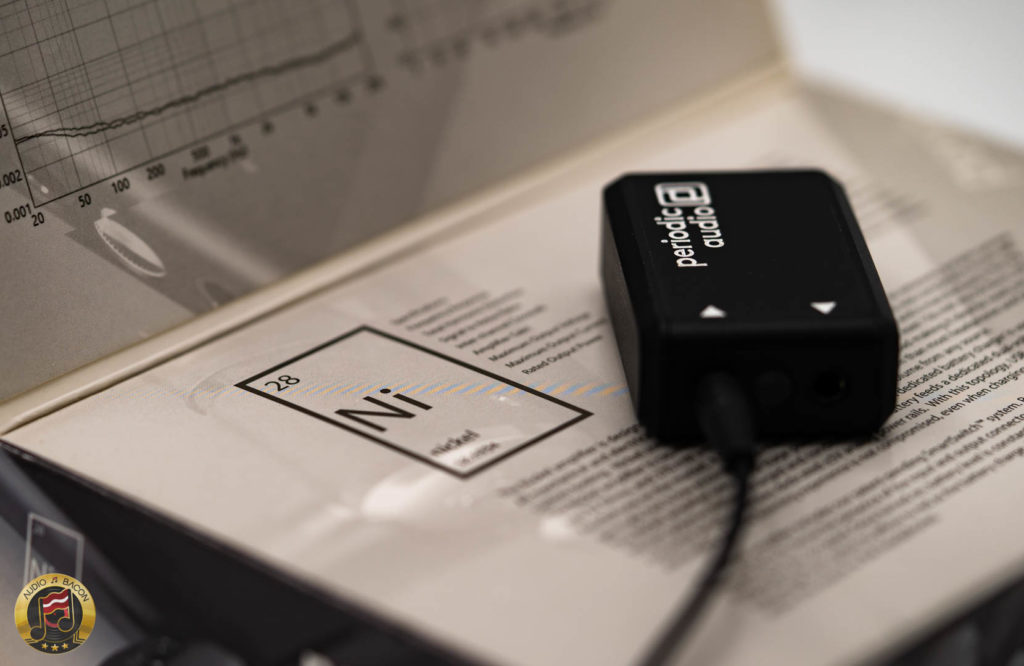


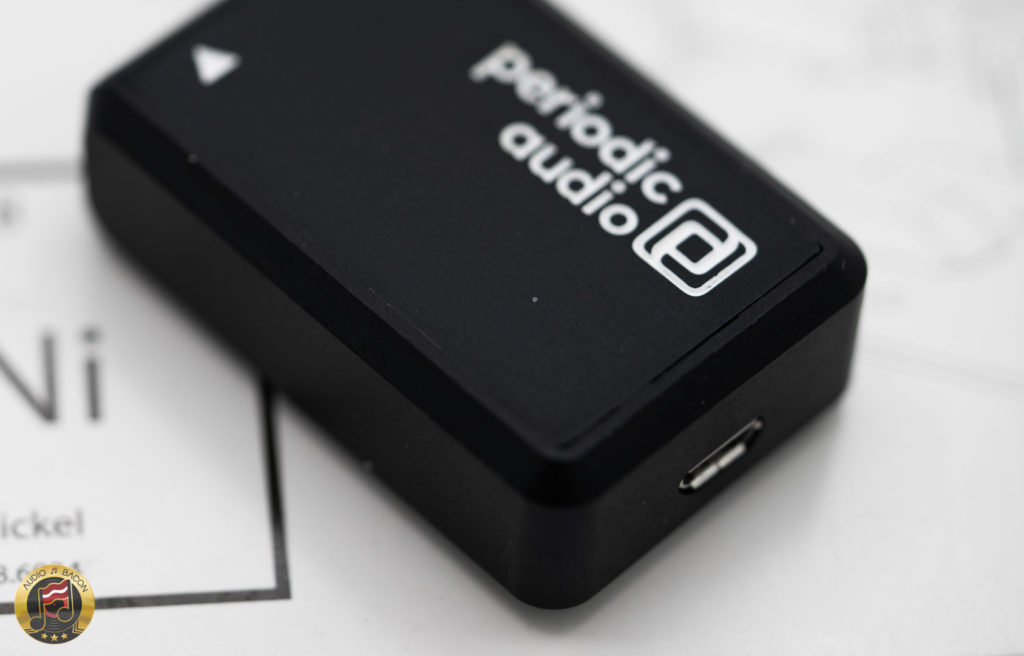
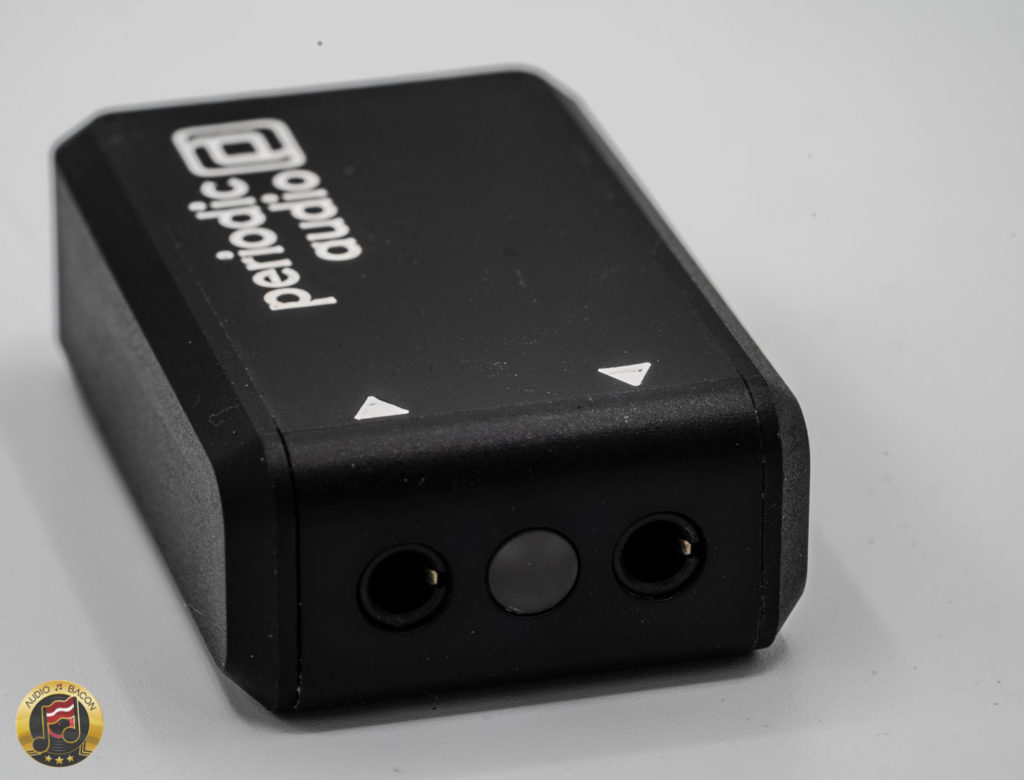

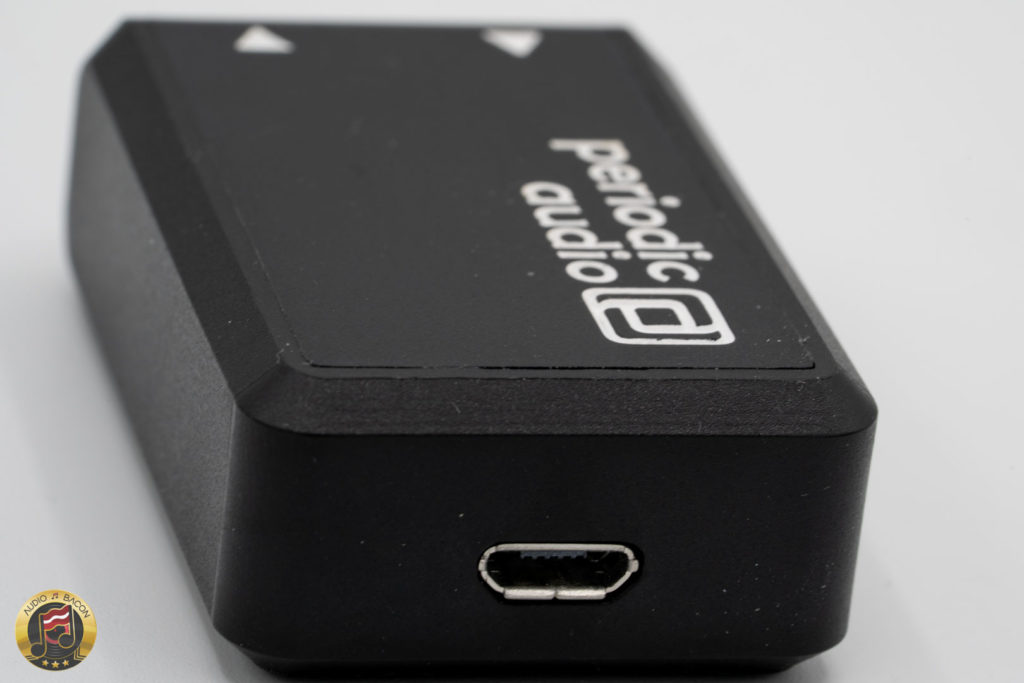


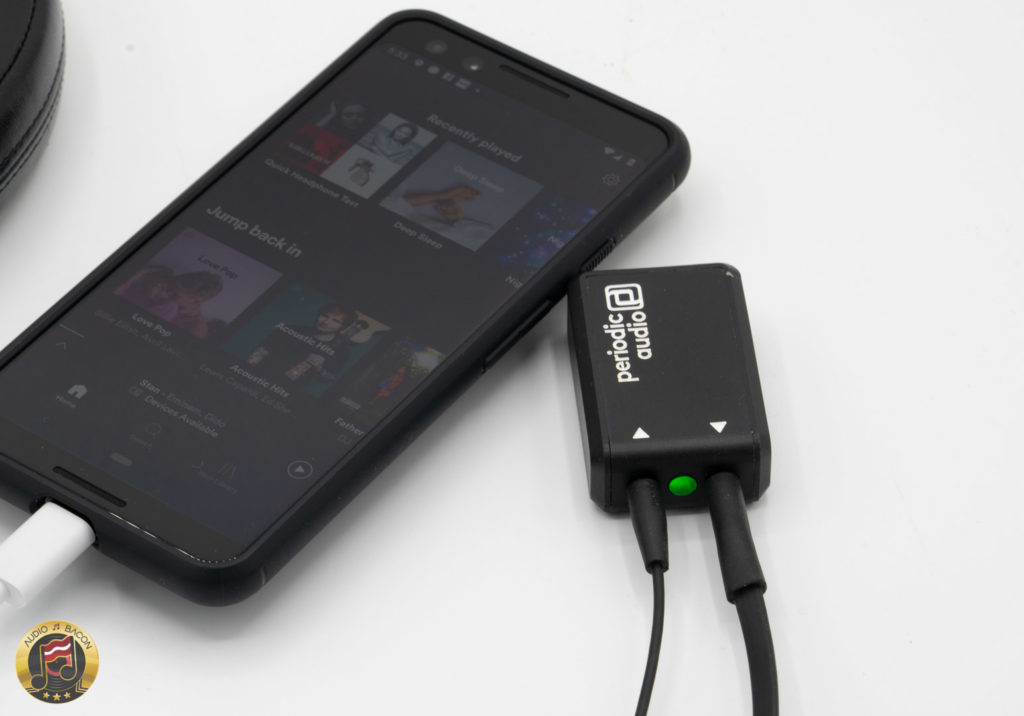

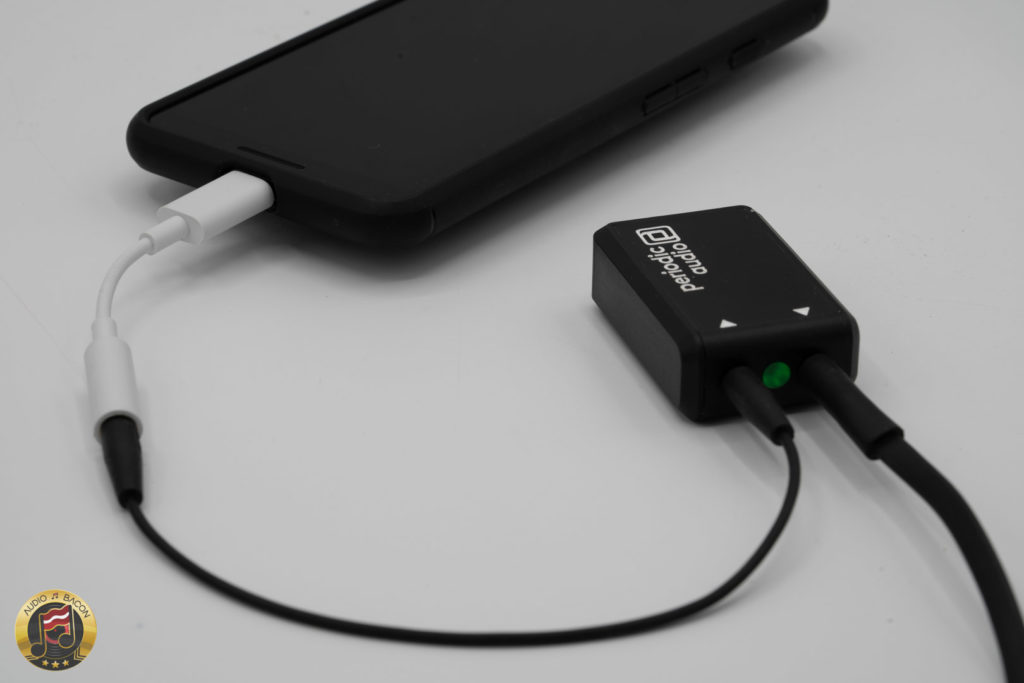
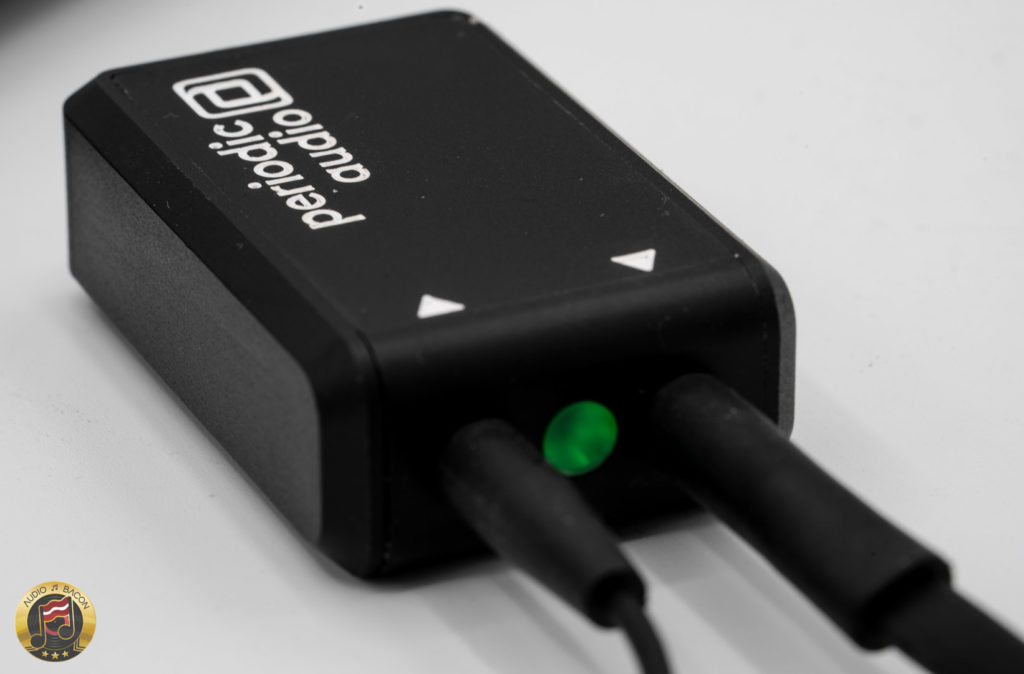



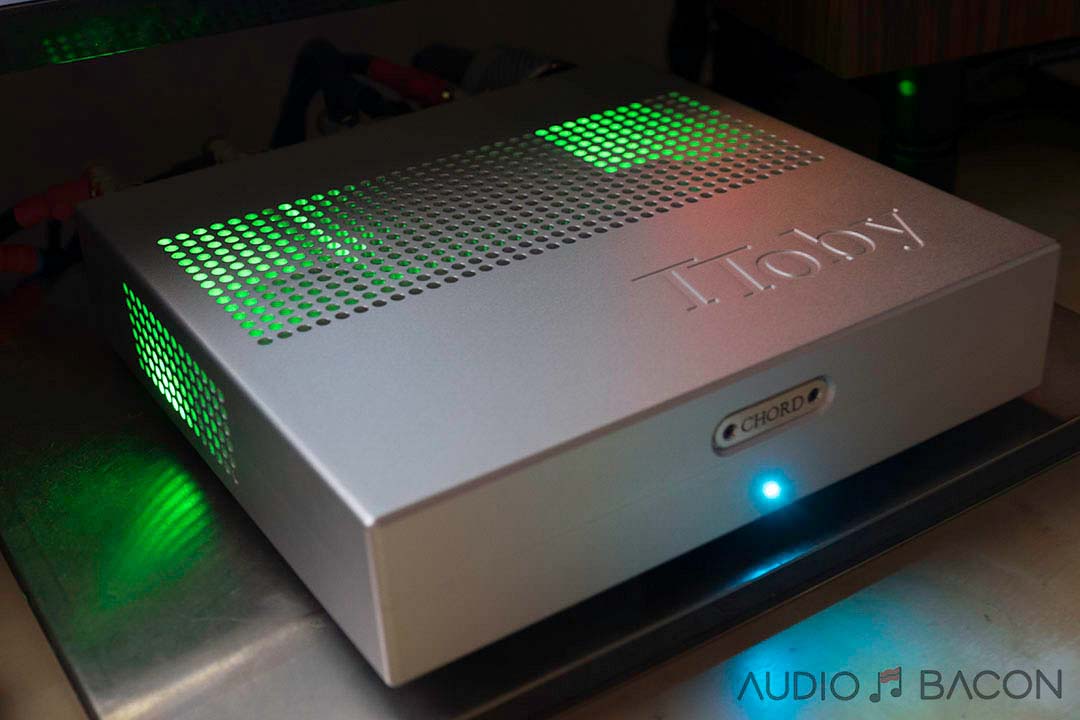
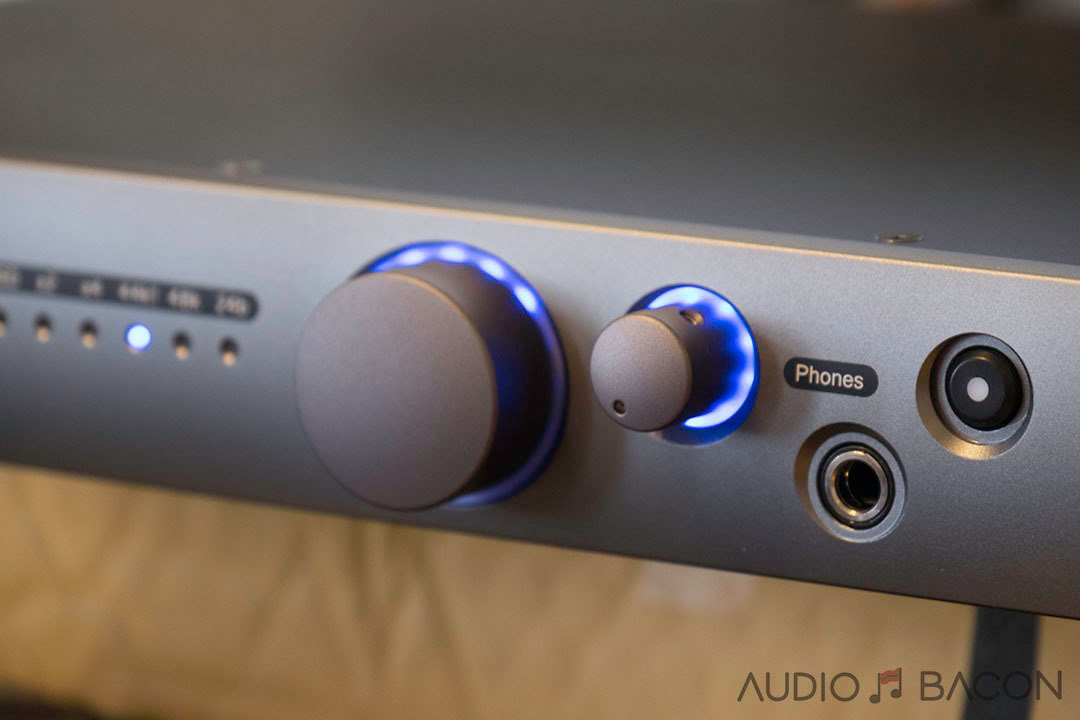
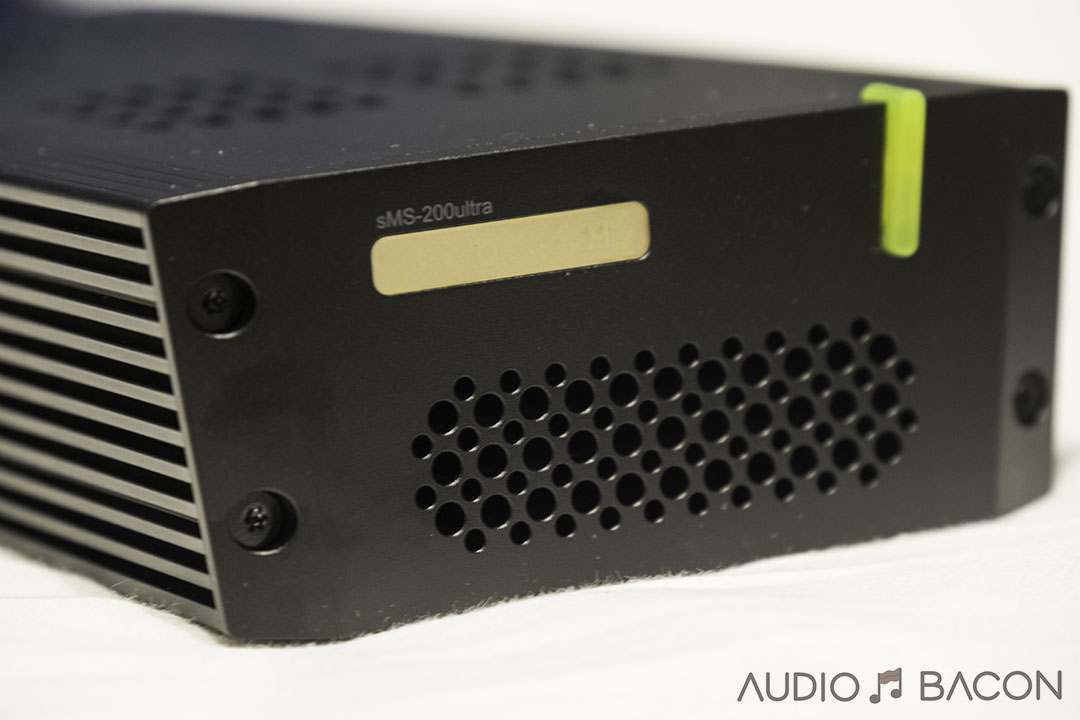
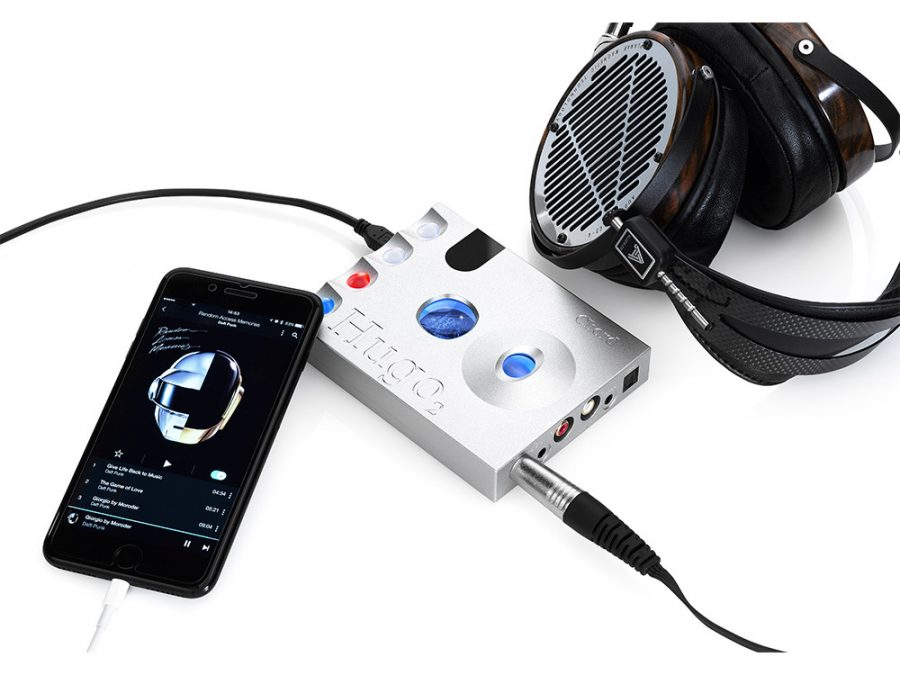

Periodic Audio is having a sale on their “blems” on their website. With the discount these amps are currently $149.95!
No brainier.
Fantastic review! Thank you! I just ordered this to use with my Sennheiser IE800 IEMs. Can’t wait to see what they sound like. And if you have any feedback/experience with that combo, I would love to hear it!
Yes this is a few years later but this amp has made a big difference in my computer audio. I have it running with their Rhodium DAC out of my windows desktop into Eclipse speakers at work. There has been at least one additional sale because a coworker was bowled over by how great it sounded.
I’ve also tried it into the AUX of my car from Phone and while using Periodic’s Carbon IEM and it is definitely a remarkable improvement.
Agreed! I still take it everywhere I go. LOVE the Carbons.